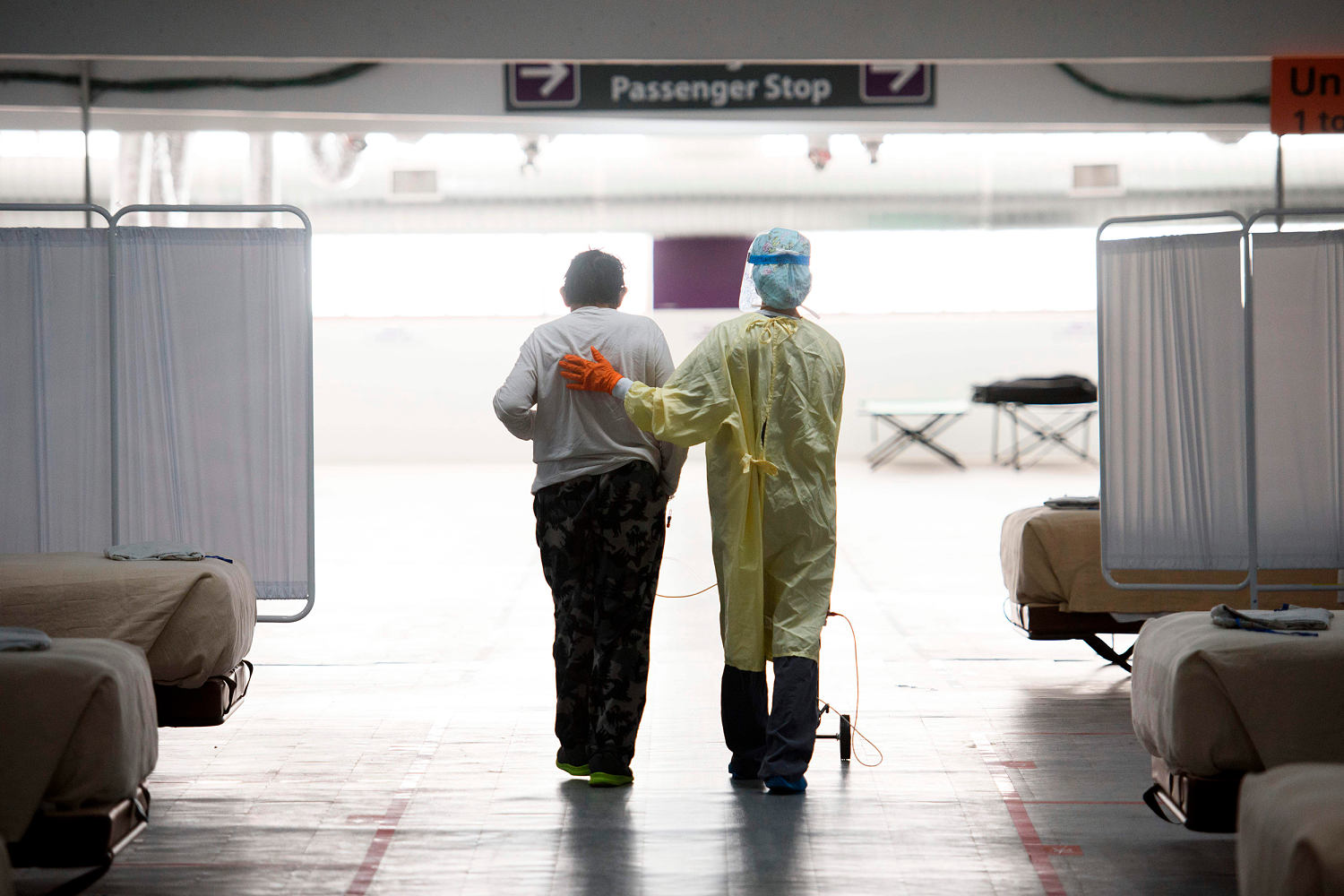The European Commission has adopted legislation requiring EU countries to do Whole Genome Sequencing (WGS) during foodborne outbreaks. Member states will need to collect Salmonella, Listeria monocytogenes, E. coli, Campylobacter jejuni, and Campylobacter coli isolates from food, animal, feed, and related environmental samples from food and feed businesses, where the isolates are associated or… Continue Reading Food Policy & Law, World, European Commission, European Food Safety Authority (EFSA), foodborne outbreaks, whole genome sequencing (WGS) Food Safety News
The European Commission has adopted legislation requiring EU countries to do Whole Genome Sequencing (WGS) during foodborne outbreaks.
Member states will need to collect Salmonella, Listeria monocytogenes, E. coli, Campylobacter jejuni, and Campylobacter coli isolates from food, animal, feed, and related environmental samples from food and feed businesses, where the isolates are associated or suspected to be associated with a foodborne outbreak. They will also need to carry out WGS on those isolates.
EU countries would send results to the European Food Safety Authority (EFSA), which developed the One Health WGS system with the European Centre for Disease Prevention and Control (ECDC). EFSA would compare the WGS results on these samples with findings from human isolates communicated to ECDC to identify the source of outbreaks.
Time to adjust
Authorities would have to carry out WGS on at least one isolate of each serovar, biotype or molecular type of the collected isolates in an official laboratory.
Food companies are also obliged to submit to the relevant authority, upon request, isolates of the listed pathogens and related WGS results from their own investigations when suspected to be linked to an outbreak.
The EU Commission said this would allow the identification of the source of an outbreak and of the affected consignments when combined with data from epidemiological investigations. When transmitting results to EFSA, additional related data, such as the date and country of sampling, should be included.
“The efficiency and the cross-sectorial cooperation between public health and food safety authorities in investigations is essential to limit the public health impact of an outbreak and to minimize the economic impact linked to recalls and withdrawal of unsafe or potentially unsafe food. For this purpose, the quick and reliable identification of batches and lots or consignments containing contaminated food and the cause of the outbreak is necessary.”
Rules will apply beginning Aug. 23, 2026, to allow member states and EFSA time to adapt to the new requirements.
Previous comments
A feedback period on the regulation in 2024 received 18 comments. The U.S. Food and Drug Administration (FDA) backed the plans as they would “significantly improve food safety and public health within the European Union.”
FoodDrinkEurope, which represents the food and drink manufacturing sector, raised concerns about financial feasibility, data protection, technical accessibility, regulatory burden, and international competitiveness.
The European Chilled Food Federation said any test results submitted by firms to a government agency stays in that system, so if a match is found in the future, this company can be blamed for an outbreak, with allegations of persistent contamination.
CLITRAVI, the European Association for the Meat Processing Industry, said government agencies are pressuring firms to share their WGS data, although the companies have paid for the tests and own the data.
The Dutch Meat Association (COV) and Dutch Meat Products Association (VNV) said the move would not result in a representative dataset from companies, as only a few with enough resources are carrying out WGS. This could lead to a large company being blamed for a finding because other firms with fewer resources are not performing WGS. This will make businesses less willing to invest in WGS research and result in less research being carried out, according to the associations.
(To sign up for a free subscription to Food Safety News, click here.)






